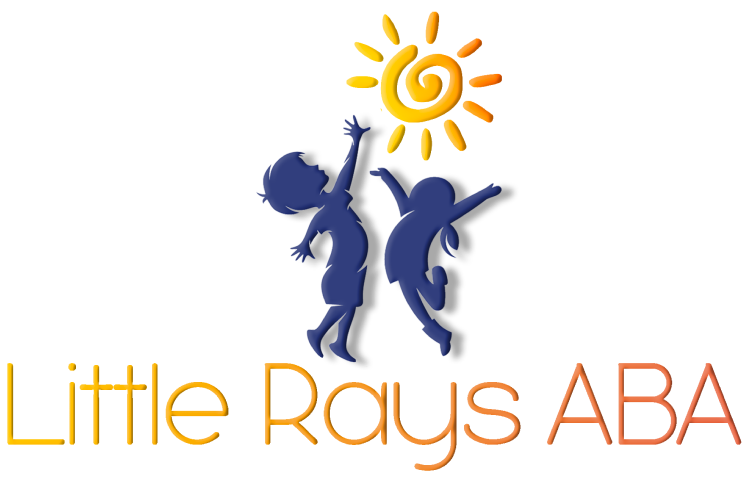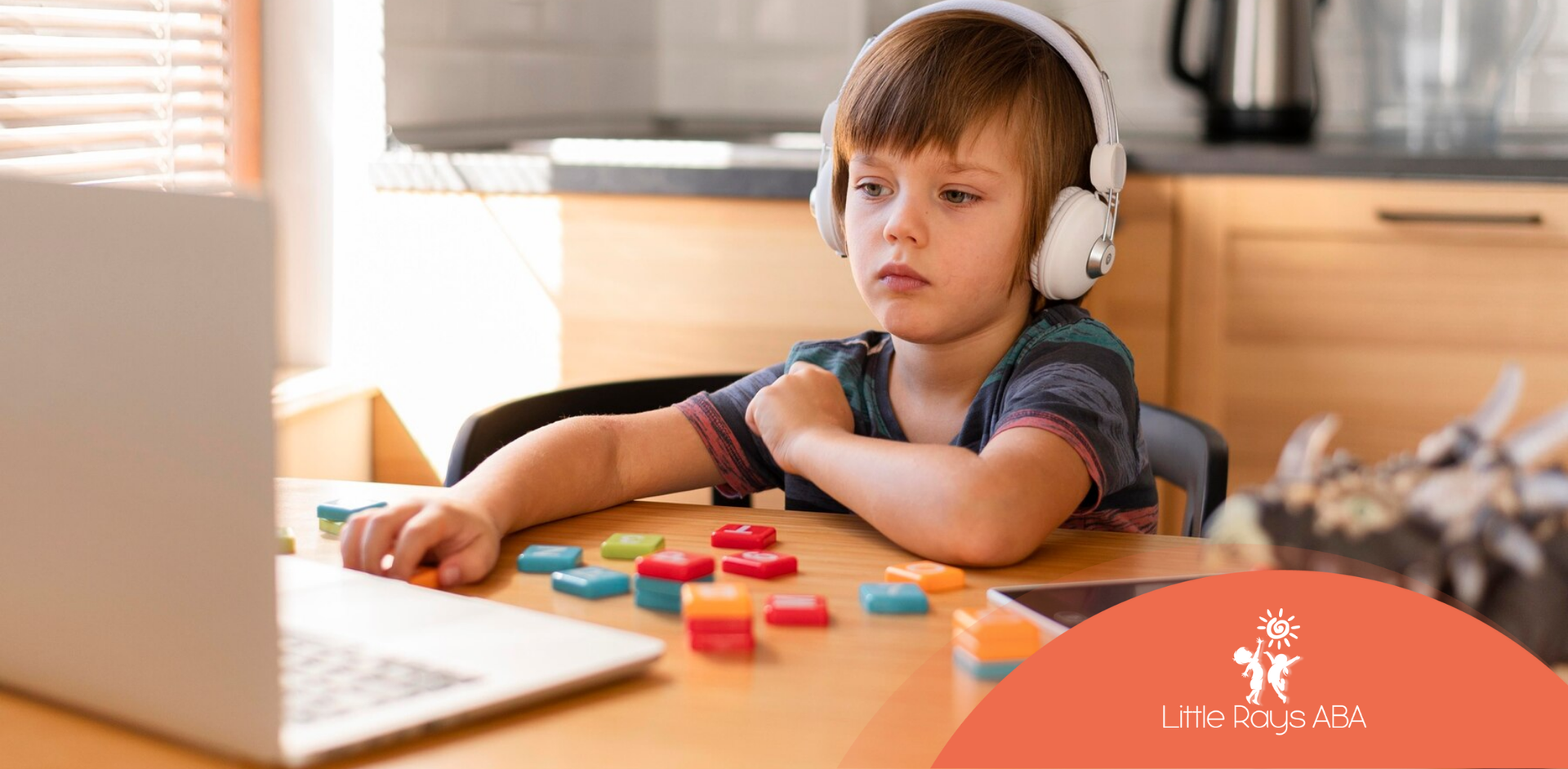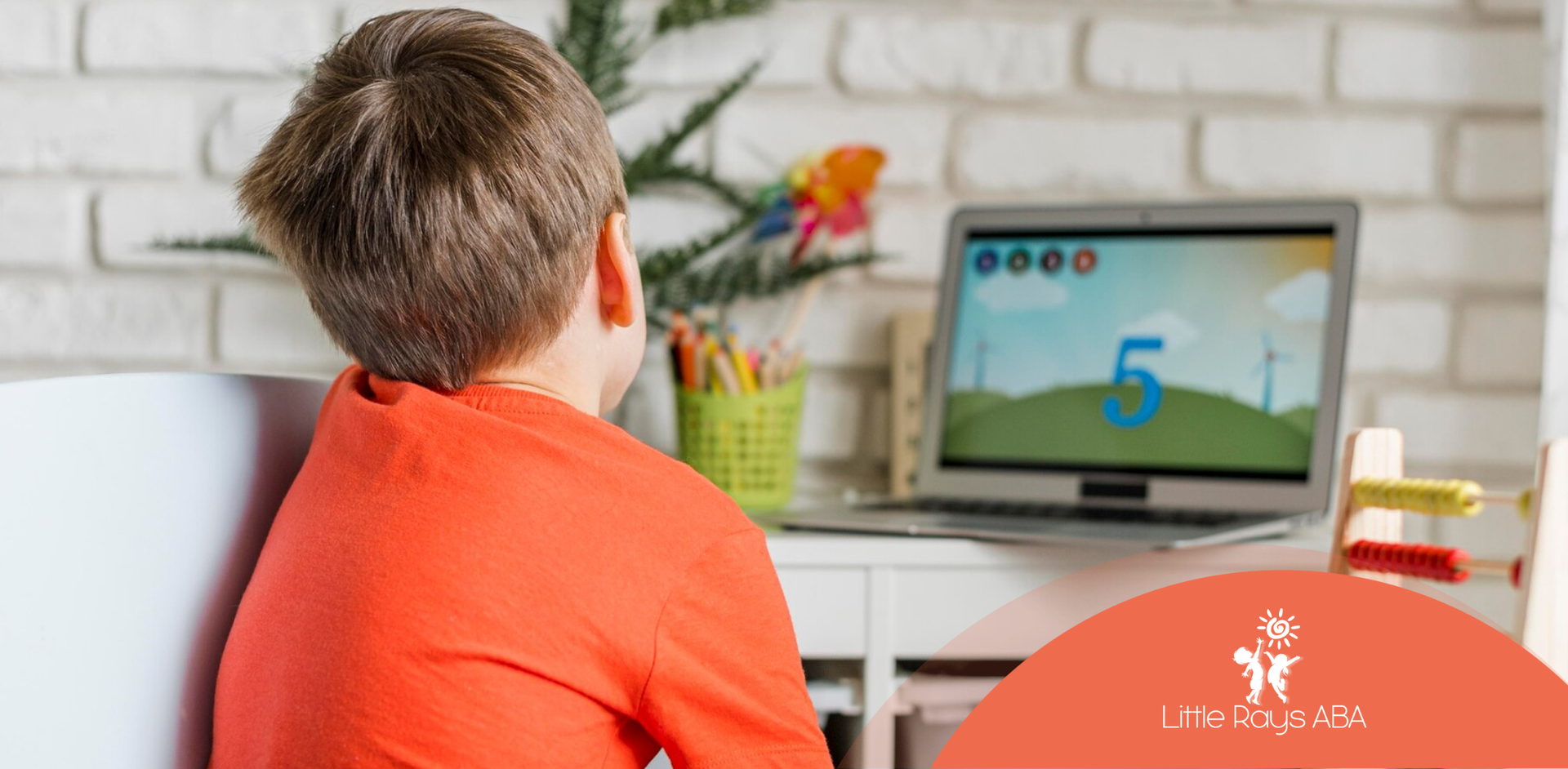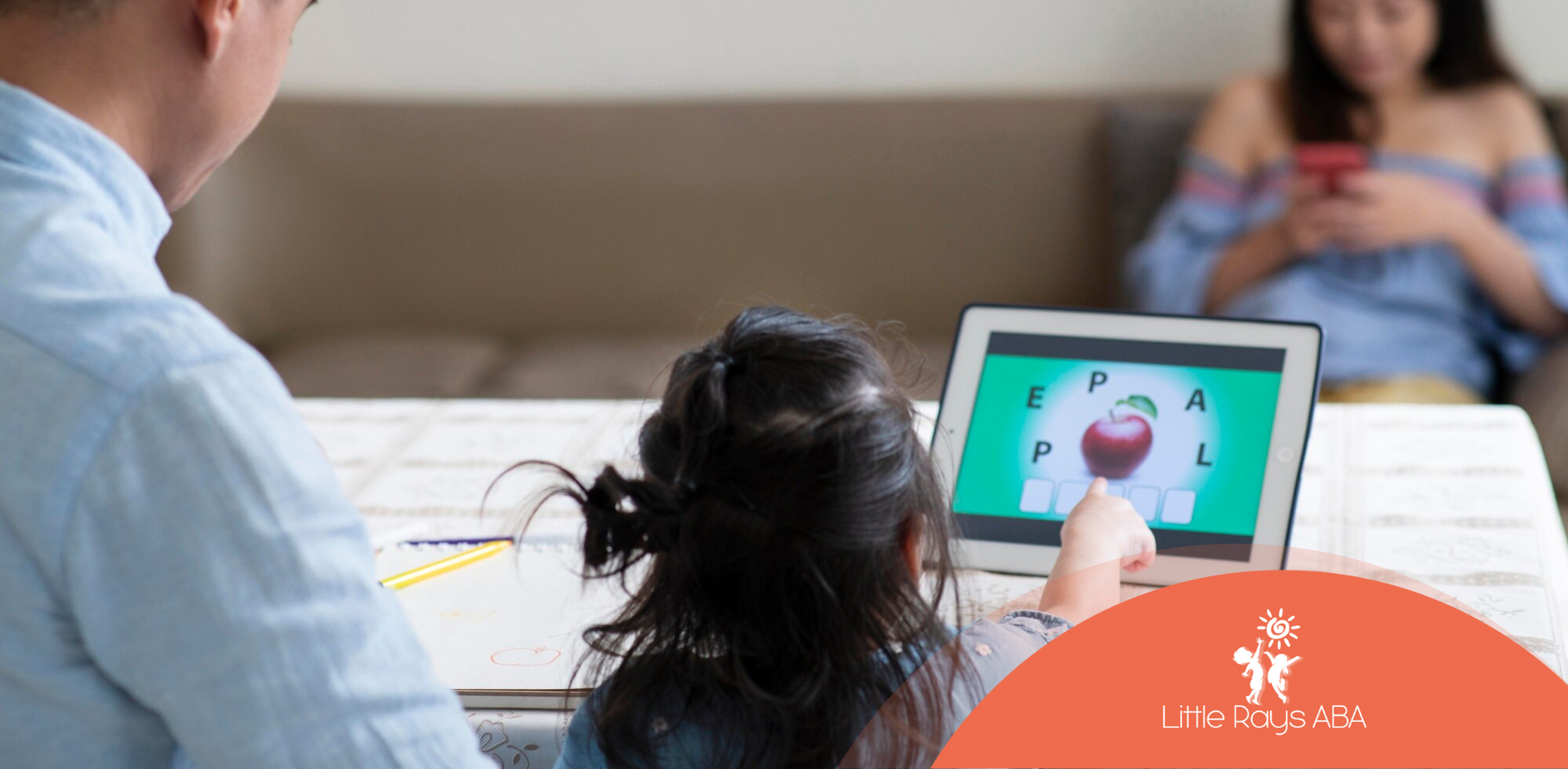Understanding Autism Learning Styles
Learning Preferences in Autism
Autistic individuals often exhibit unique learning preferences that can significantly impact their educational experiences. Recognizing and accommodating these preferences is crucial for effective teaching. One prominent learning style among autistic individuals is kinesthetic learning, which involves hands-on tasks and movement-based activities. This approach is particularly beneficial for students with intellectual disabilities, including autism, as it helps make lessons more concrete and engaging.
Kinesthetic learners thrive on movement and tactile input. They learn best by doing rather than by seeing or hearing about tasks. These learners often enjoy physical activities and can become easily bored in traditional classroom settings. Effective strategies for kinesthetic learners include outdoor activities, experiments, model-making, movement breaks, and providing sensory devices for additional tactile input.
| Learning Style | Characteristics | Effective Strategies |
|---|---|---|
| Kinesthetic | Learns best through movement and touch | Outdoor activities, experiments, model-making, movement breaks, sensory devices |
| Visual | Learns best through seeing | Visual aids, diagrams, charts, videos |
| Auditory | Learns best through hearing | Verbal instructions, discussions, audio recordings |
| Read/Write | Learns best through reading and writing | Reading materials, writing exercises, note-taking |
Autistic individuals may have a combination of learning styles, such as visual, auditory, kinesthetic, and read/write approaches. Incorporating a variety of methods can provide a more comprehensive and effective learning experience. For example, visual learners benefit from visual aids like diagrams and charts, while auditory learners excel with verbal instructions and discussions. Read/write learners prefer reading materials and writing exercises.
Identifying the appropriate learning style for each autistic individual involves careful observation and consideration of various factors. This process is crucial for helping them learn and succeed. Suggestions for identifying a child's learning style include observing strengths and interests, assessing challenges, considering communication abilities, sensory preferences, attention and focus, and empowering autonomy in the learning process.
For more information on different learning styles and strategies, visit our articles on visual learning strategies for autism and auditory learning techniques for autism. Additionally, explore technology-assisted learning for autism to discover how technology can support diverse learning preferences.
Benefits of Kinesthetic Learning
Kinesthetic learning, also known as tactile learning, is a highly effective teaching strategy for students with autism. This approach involves engaging students in hands-on activities that make lessons more concrete and engaging. Kinesthetic learners thrive on movement and tactile input, making this method particularly beneficial for them.
Hands-On Learning Activities
Hands-on learning activities are essential for kinesthetic learners, especially those with autism. These activities allow students to learn by doing, which can enhance their understanding and retention of information. According to MentalHealth.com, kinesthetic activities are effective teaching strategies for students with intellectual disabilities, including autism.
Examples of Hands-On Learning Activities
- Outdoor Activities: Taking lessons outside can provide a change of scenery and incorporate physical movement. Activities like nature walks, gardening, or outdoor games can be both educational and engaging.
- Experiments: Science experiments are a great way to involve students in hands-on learning. These activities can help make abstract concepts more tangible.
- Model Making: Creating models of various objects or concepts can help students understand and remember information better. This can include building models of the solar system, historical landmarks, or even simple machines.
- Movement Activities: Incorporating movement into lessons can help keep kinesthetic learners engaged. This can include activities like dance, yoga, or even simple stretching exercises.
- Sensory Devices: Providing sensory devices, such as stress balls, fidget spinners, or textured materials, can offer additional tactile input and help students focus.
| Activity Type | Description |
|---|---|
| Outdoor Activities | Nature walks, gardening, outdoor games |
| Experiments | Science experiments to make abstract concepts tangible |
| Model Making | Building models of the solar system, historical landmarks, simple machines |
| Movement Activities | Dance, yoga, stretching exercises |
| Sensory Devices | Stress balls, fidget spinners, textured materials |
These hands-on activities can be tailored to suit the individual needs and preferences of each student. By incorporating movement and tactile input, educators can create a more inclusive and supportive learning environment for students with autism.
For more information on different learning styles, visit our article on autism learning styles.
Incorporating Kinesthetic Activities
Kinesthetic learning activities are particularly effective for students with autism, as they engage multiple senses and make lessons more concrete and engaging. This section explores movement-based teaching strategies and tactile learning approaches that can be incorporated into educational settings.
Movement-Based Teaching Strategies
Movement-based teaching strategies are essential for kinesthetic learners, who learn best through physical activity and hands-on experiences. These strategies can help students with autism stay engaged and retain information more effectively.
- Outdoor Activities: Taking lessons outside can provide a stimulating environment for kinesthetic learners. Activities such as nature walks, scavenger hunts, and outdoor games can make learning more dynamic and enjoyable.
- Experiments and Demonstrations: Conducting experiments and demonstrations allows students to see and feel the concepts being taught. This hands-on approach can make abstract ideas more tangible.
- Incorporating Movement Breaks: Regular movement breaks can help students with autism stay focused and reduce restlessness. Simple activities like stretching, jumping jacks, or a quick walk around the classroom can be beneficial.
- Interactive Games: Using interactive games that require physical movement can make learning fun and engaging. Examples include educational board games, role-playing activities, and interactive storytelling.
- Sensory Devices: Providing sensory devices such as stress balls, fidget spinners, or textured objects can help students with autism stay focused and calm during lessons.
| Strategy | Description |
|---|---|
| Outdoor Activities | Lessons conducted outside to provide a stimulating environment. |
| Experiments and Demonstrations | Hands-on approach to make abstract ideas tangible. |
| Movement Breaks | Regular breaks for physical activity to maintain focus. |
| Interactive Games | Games that require physical movement to engage students. |
| Sensory Devices | Tools like stress balls and fidget spinners to aid focus. |
Tactile Learning Approaches
Tactile learning approaches involve using touch and hands-on activities to enhance the learning experience for students with autism. These approaches can help make lessons more interactive and memorable.
- Model Making: Creating models of concepts being taught can help students understand and remember information. For example, building a model of the solar system or a volcano can make science lessons more engaging.
- Art and Craft Projects: Incorporating art and craft projects into lessons can provide a tactile learning experience. Activities like painting, sculpting, and collage-making can help students express their creativity while learning.
- Manipulatives: Using manipulatives such as blocks, beads, and puzzles can help students with autism understand mathematical concepts and develop fine motor skills.
- Sensory Bins: Sensory bins filled with materials like sand, rice, or water beads can provide a tactile learning experience. These bins can be used for activities like sorting, measuring, and exploring textures.
- Cooking and Baking: Cooking and baking activities can teach practical skills while providing a hands-on learning experience. Measuring ingredients, mixing, and following recipes can help students develop important life skills.
| Approach | Description |
|---|---|
| Model Making | Creating models to understand and remember concepts. |
| Art and Craft Projects | Using art to provide a tactile learning experience. |
| Manipulatives | Tools like blocks and beads to understand concepts. |
| Sensory Bins | Bins filled with materials for tactile exploration. |
| Cooking and Baking | Hands-on activities to teach practical skills. |
Incorporating these kinesthetic learning activities can create a more inclusive and effective learning environment for students with autism.
Tailored Education Strategies
Tailored education strategies are essential for effectively teaching individuals with autism. These strategies focus on breaking down tasks into manageable steps and creating a supportive learning environment.
Breaking Down Tasks
Individuals with autism often benefit from breaking down tasks into smaller, more manageable steps. This approach helps them understand and complete each part of the task without feeling overwhelmed. According to MentalHealth.com, this method is particularly effective for students with intellectual disabilities, including autism.
To implement this strategy, educators can:
- Use Visual Supports: Charts, pictures, and graphs can enhance understanding and facilitate communication. Visual aids help students with autism follow the steps of a task more easily (MentalHealth.com).
- Provide Direct Feedback: Immediate feedback helps students connect their behavior with the teacher's response, aiding in the learning process (MentalHealth.com).
- Segment Tasks: Break down complex tasks into smaller, sequential steps. This makes it easier for students to follow and complete each part of the task.
Supportive Learning Environment
Creating a supportive learning environment is crucial for students with autism. A positive and accommodating atmosphere can significantly enhance their learning experience. According to Autism Spectrum News, collaboration with occupational therapy practitioners is essential in developing evidence-based practices and ensuring the fidelity of interventions.
To foster a supportive learning environment, educators can:
- Incorporate Sensory-Friendly Elements: Sensory-friendly classrooms can help students with autism feel more comfortable and focused. This includes providing sensory tools and creating a calm and organized space.
- Collaborate with Specialists: Working with occupational therapy practitioners can provide valuable insights and strategies for supporting sensory needs and creating inclusive classrooms.
- Promote Independence: Encourage students to take on tasks independently by providing the necessary support and gradually reducing assistance as they become more confident.
By breaking down tasks and creating a supportive learning environment, educators can effectively implement kinesthetic learning activities for autism. These strategies not only enhance the learning experience but also promote independence and confidence in students with autism.
Life Skills Development
Developing life skills is crucial for individuals with autism, as it promotes independence and enhances their ability to navigate daily activities. This section focuses on teaching practical skills and tailoring learning to individual abilities.
Teaching Practical Skills
Life skills for individuals with autism encompass a range of activities, including self-care, cooking, money management, shopping, room organization, and transportation . These skills are learned over time, starting at a young age and developing further throughout adolescence and adulthood.
To effectively teach these skills, it is essential to use kinesthetic learning activities that involve hands-on practice. For example, teaching cooking skills in a kitchen setting allows individuals to engage with the environment and tools they will use in real-life scenarios. Similarly, practicing laundry skills in a laundromat provides a practical context for learning.
| Life Skill | Example Activity | Environment |
|---|---|---|
| Self-Care | Brushing teeth, dressing | Bathroom, bedroom |
| Cooking | Preparing a simple meal | Kitchen |
| Money Management | Budgeting, making purchases | Home, stores |
| Shopping | Creating a shopping list, buying items | Grocery store |
| Room Organization | Tidying up, organizing belongings | Bedroom, living room |
| Transportation | Navigating public transit, crossing streets | Community |
Tailoring Learning to Abilities
Teaching life skills to individuals with autism should be tailored to each person's abilities and pace. The skills taught and the pace of learning will vary from person to person. Starting to develop life skills at a young age can make a significant difference as individuals with autism get older.
Visual supports, such as checklists and task breakdowns, can be beneficial for teaching life skills. Many people on the autism spectrum work best with visual cues and supports. Breaking down complex routines into smaller tasks can help individuals navigate daily activities more effectively. For example, a visual checklist for a morning routine might include steps like brushing teeth, getting dressed, and eating breakfast.
The Community-Based Skills Assessment (CSA) tool, developed by Virginia Commonwealth University's Rehabilitation Research and Training Center, helps assess the current skill levels and abilities of individuals with autism. This tool aids in developing a comprehensive plan for teaching life skills, assessing needs in areas such as transportation, financial management, and peer relationships.
Sensory-Friendly Learning Environments
Creating a sensory-friendly learning environment is crucial for supporting students with autism. These environments help accommodate sensory processing differences and enhance the learning experience for kinesthetic learners.
Creating Supportive Classrooms
Establishing sensory-friendly classrooms involves several strategies to create an inclusive and supportive environment. According to Autism Spectrum News, these strategies include:
- Room Layout: Organize the classroom to minimize distractions and create clear pathways. Use visual cues to designate different areas for specific activities.
- Flexible Seating: Provide various seating options such as bean bags, standing desks, and wobble stools to accommodate different sensory needs.
- Visual Organization: Use visual schedules, labels, and color-coded systems to help students understand the classroom structure and routines.
- Lighting: Adjust lighting to reduce glare and create a calming atmosphere. Use natural light when possible and avoid harsh fluorescent lights.
- Quiet Spaces: Designate quiet areas where students can retreat to when they feel overwhelmed. These spaces should be equipped with calming tools like noise-canceling headphones and soft textures.
- Noise Control: Implement noise-reducing measures such as carpets, curtains, and sound-absorbing panels to minimize auditory distractions.
- Sensory Breaks: Incorporate regular sensory breaks into the daily schedule to allow students to engage in activities that help them self-regulate.
- Structured Routines: Maintain consistent routines to provide a sense of predictability and security for students.
Collaboration with occupational therapy practitioners is essential to develop evidence-based practices and ensure the fidelity of interventions. These professionals can provide direct instruction and collaborate with teachers to create effective sensory-friendly environments.
Strategies for Sensory Needs
Addressing the sensory needs of students with autism involves implementing specific strategies that cater to their unique requirements. The Zones of Regulation curriculum is a valuable method for teaching self-regulation skills by classifying emotions and alertness levels into four distinct zones. This curriculum helps children recognize their current zone, understand the impact of their actions on others, and provides strategies for managing emotions and sensory experiences.
For kinesthetic learners, who learn best through movement and tactile input, the following strategies can be beneficial:
- Outdoor Activities: Incorporate outdoor activities to provide opportunities for movement and exploration.
- Experiments and Models: Engage students in hands-on experiments and model-building to facilitate learning through doing.
- Movement Activities: Integrate movement activities or breaks into the daily schedule to keep students engaged and focused.
- Sensory Devices: Provide sensory devices such as fidget tools, stress balls, and textured materials for additional tactile input.
| Strategy | Description |
|---|---|
| Outdoor Activities | Provide opportunities for movement and exploration. |
| Experiments and Models | Engage students in hands-on learning. |
| Movement Activities | Integrate movement breaks into the schedule. |
| Sensory Devices | Offer tools for tactile input. |
By implementing these strategies, educators can create a supportive and inclusive learning environment that caters to the sensory needs of students with autism.
Final Thoughts
Understanding and accommodating different learning styles is essential for helping autistic individuals thrive academically and personally. By incorporating kinesthetic activities, breaking down tasks, and creating a supportive learning environment, educators and parents can enhance learning experiences tailored to each child’s unique strengths.
At Little Rays ABA, we specialize in personalized ABA therapy that embraces diverse learning styles to support skill development and independence. Contact us today to learn more about how we can help your child succeed!
Sources:
- https://www.forbrain.com/autism-learning/autism-learning-styles/
- https://www.mentalhealth.com/library/effective-teaching-methods-intellectual-disabilities
- https://autismspectrumnews.org/supporting-sensory-diversity-building-inclusive-classrooms/
- https://www.autismspeaks.org/life-skills-for-autism
- https://www.autismspeaks.org/tool-kit/community-based-skills-assessment
Unlock Your Child's Potential with Expert ABA Therapy!
At Little Rays ABA, we provide compassionate, evidence-based ABA therapy to help children with autism thrive. Our personalized approach fosters growth in communication, social skills, and independence.
Get In Touch With Us Today to Get Started With ABA Therapy!
Related Posts
MENU
GET IN TOUCH
7117 San Salvador Dr Boca Raton, FL 33433
3200 Collins Ave Miami Beach, FL 33140





